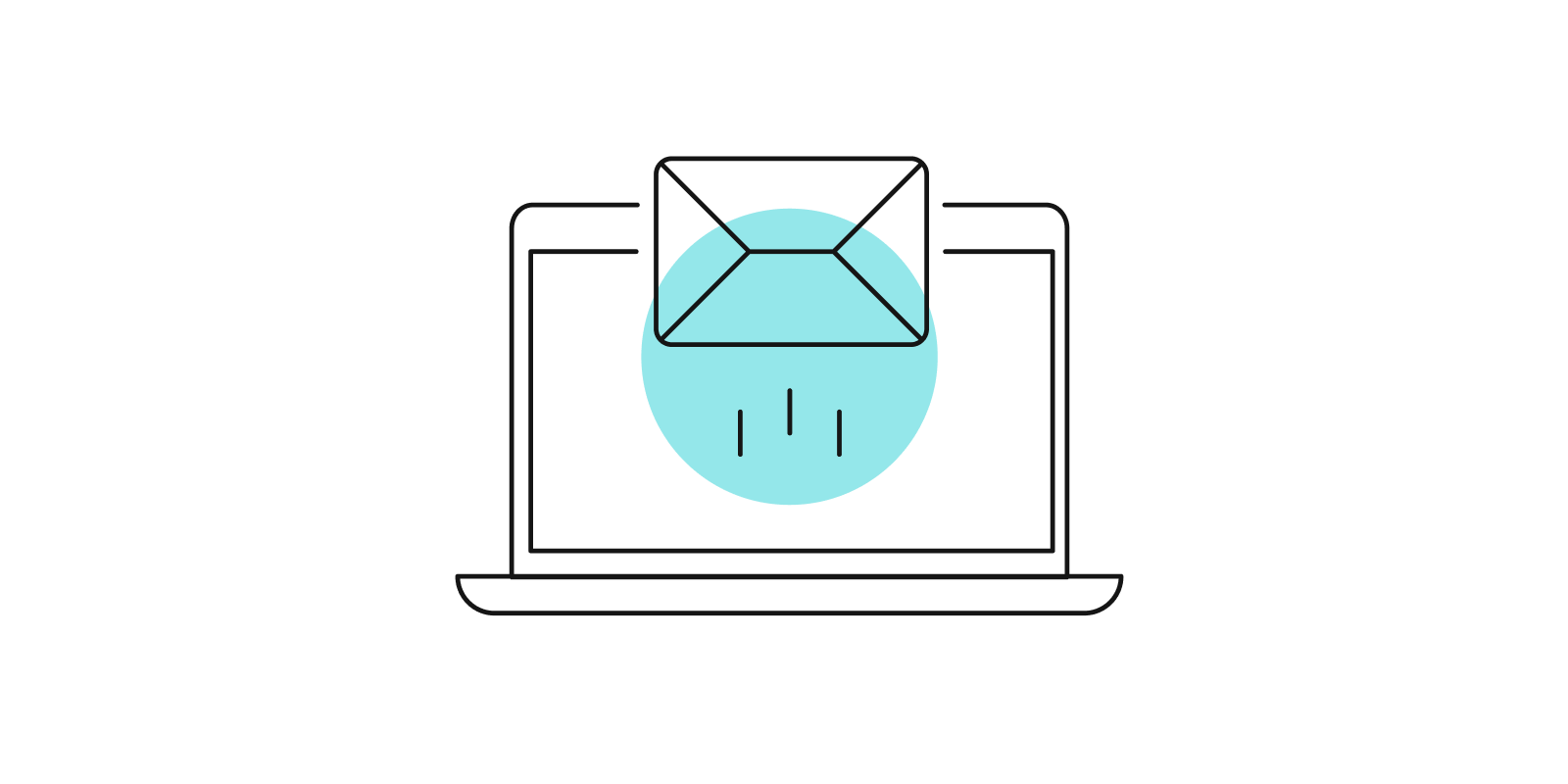
How to use Technology to Help Students Master Complex Biological Concepts

One of the biggest challenges that I face in the classroom is helping my students make connections between the material I’m currently teaching, and concepts taught earlier in the course (or even in previous classes). As much as I would like to point out precisely how various concepts relate to one another, I simply don’t have the time to do this with any level of depth or detail. Instead, I often find myself saying things like “remember when we talked about DNA packaging?” or “this should remind you of when we discussed RNA transcription”. While it would be great to be able to present those connections in more detail, I am instead forced to leave it up to the student to work on making those connections independently.
For years, I would introduce RNA transcription by casually stating that this process has a lot of similarities and differences when compared to DNA replication. However, when I would test my students on their ability to recognize those connections, they would struggle to do so. I then started to do a discussion exercise where I’d ask for students to give me a similarity or a difference between the two molecular pathways. With each one, I would use figures to emphasize each point. This takes about 15 minutes to complete, and it really has helped my students to not only understand these individual processes better, but also sharpens their ability to make connections between other concepts. It made me wonder if there might be an easier and more effective way to help students with this important skill.
How do we “Make Connections” in Cell and Molecular Biology?
When co-author Jeff Hardin and I sat down to discuss our priorities for the revisions of our textbook, Becker’s World of the Cell, we kept coming back to this idea of helping students make connections. We already had “Concept Check” questions in each chapter to test understanding of the material being presented, so we came up with the idea of strategically placing multiple “Make Connections” questions in each chapter as well. Our goal with these questions was to tie a concept in the current chapter back to one discussed earlier in the text. To help the student answer the question, each also contains a callback to a specific figure or section found previously in the book. Our vision is that when a student gets to one of these questions, they will pause and think critically about the connection being raised. For example, there is a question in Chapter 20 (see below) that asks the student to think about how a hairpin that includes the Shine-Delagarno sequence (a concept introduced in the current chapter) might affect the translation process (described in the previous chapter). The call-back listed in the question should prompt the student to look back at Figure 19-15 to help formulate their answer.

But we didn’t stop there. In addition to “Make Connection” questions appearing throughout the physical text and e-text, we’ve also integrated them into the Mastering® Biology platform. Now instructors can assign these as auto-gradable assessments to see if the class is making these connections correctly. These items also include wrong answer, as well as correct answer feedback. This is a great way to ensure that students are answering these questions and can be part of a comprehensive assignment built from a wide array of different items in Mastering Biology designed specifically for Becker’s World of the Cell. These include reading questions, end-of-chapter questions, activities, tutorials, and another new feature called “Figure Walkthroughs”. In these walkthroughs, certain figures from the text come alive with narration and animation, followed by a series of assessment questions. We are very excited for instructors to utilize these new digital features from Mastering Biology in their Cell Biology courses.
Click here to explore more features of Becker's World of the Cell.
About the author

Dr. James P. Lodolce, Ph.D., Loyola University Chicago
Dr. James P. Lodolce is a senior lecturer of Biology at Loyola University Chicago, where he teaches courses in Cell Biology, Molecular Biology, Virology, and Genetics. He is also the Undergraduate Program Director for the Biology Department. He has been nominated for and was the recipient of several teaching awards during his time at Loyola. He received his bachelor’s degree in Microbiology from the University of Illinois at Urbana-Champaign. He both earned his Ph.D. in Immunology and did a postdoctoral fellowship studying autoimmunity at the University of Chicago. He worked with Jeff Hardin from the University of Wisconsin Madison on authoring Pearson’s 10th edition of Becker’s World of the Cell, as well as developing new Mastering Biology content for the text. Contact him directly with any questions at jlodolce@luc.edu.



